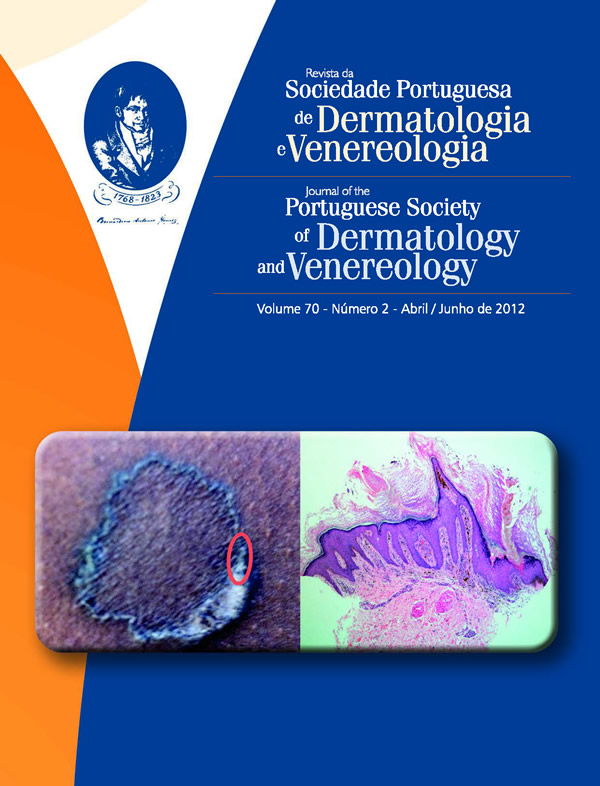TINEA CAPITIS IN ADULTS – A DIAGNOSIS TO CONSIDER?
Abstract
Tinea capitis, a dermatophytic infection of the scalp, is rare in adults, even in geographic areas with high prevalence rates. The source of the infection is usually a straight contact with cohabitants, and in adults it is mainly, but not always, associated with immunosuppression. A careful anamnesis and a complete physical examination are crucial to establish tinea capitis as a clinical diagnostic hypothesis in order to promptly collect samples for mycological studies, avoiding unnecessary additional studies or incorrect prescriptions. The authors report three cases of tinea capitis in adults – two cases caused by Microsporum audouinii and the other one caused by Trichophyton soudanense. The cases are iconographically depicted and a brief review of the relevant literature is presented.
KEYWORDS – Adulto;Tinea Capitis; Microsporum; Trichophyton; Mycological Typing Techniques.
Downloads
All articles in this journal are Open Access under the Creative Commons Attribution-NonCommercial 4.0 International License (CC BY-NC 4.0).








